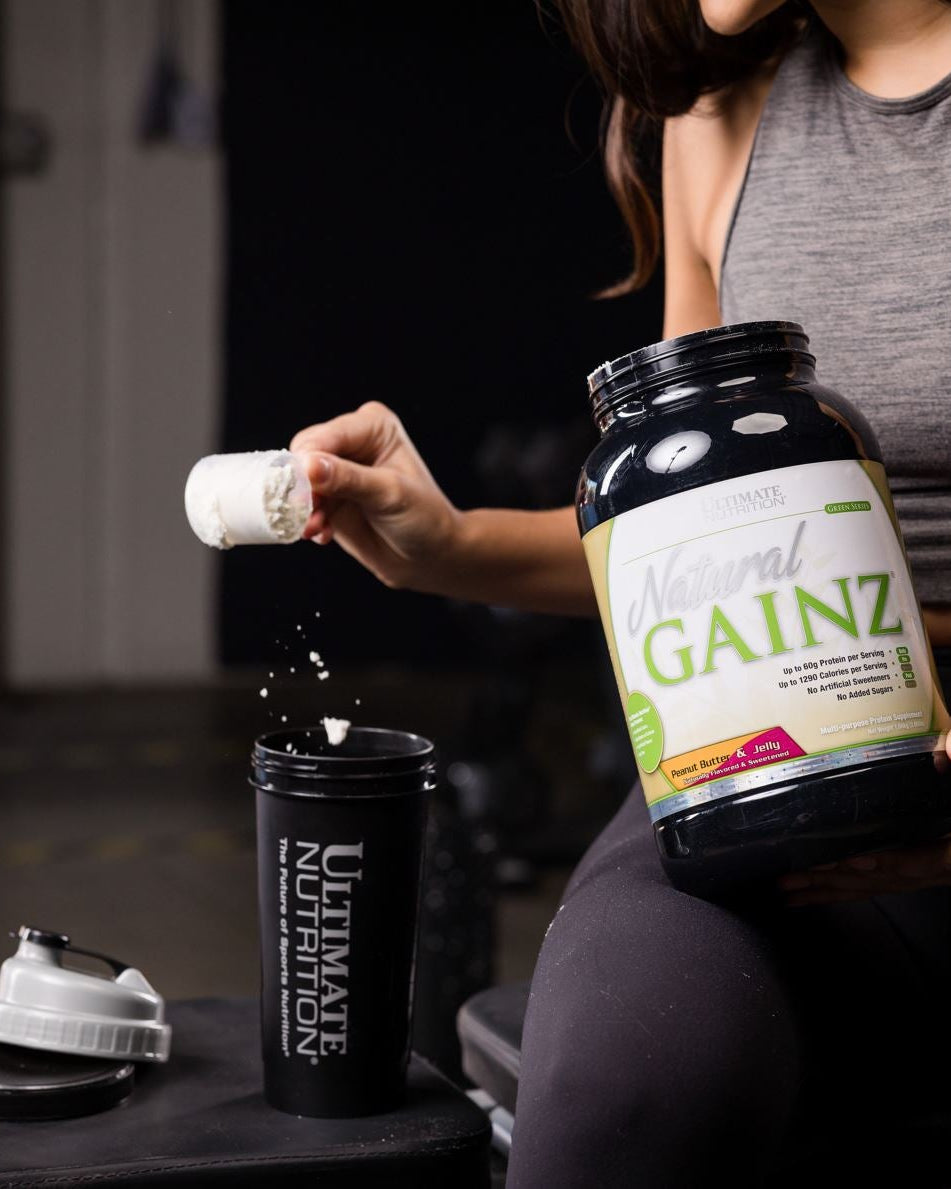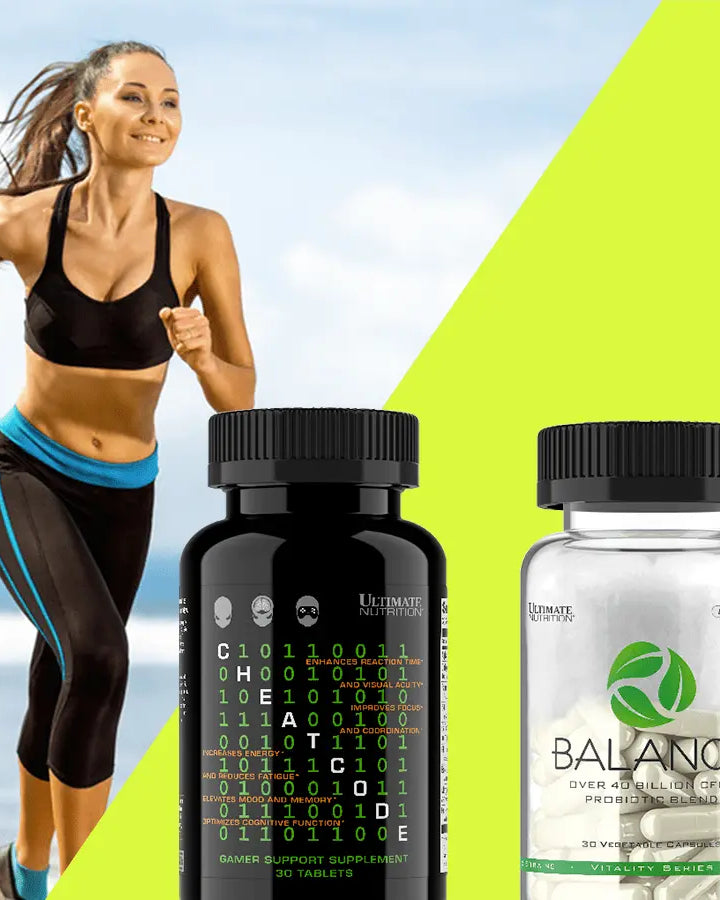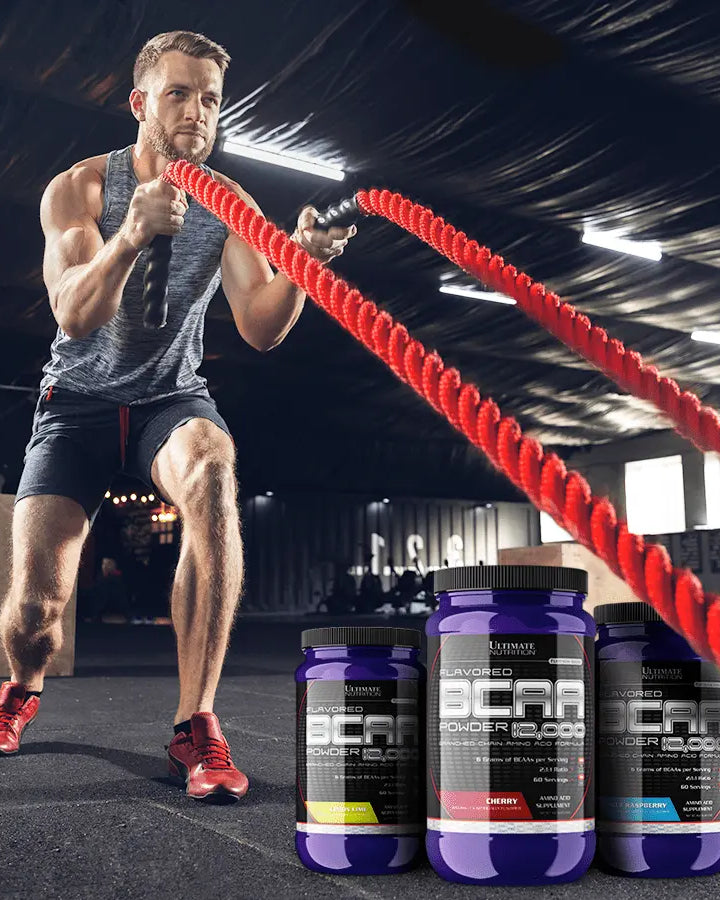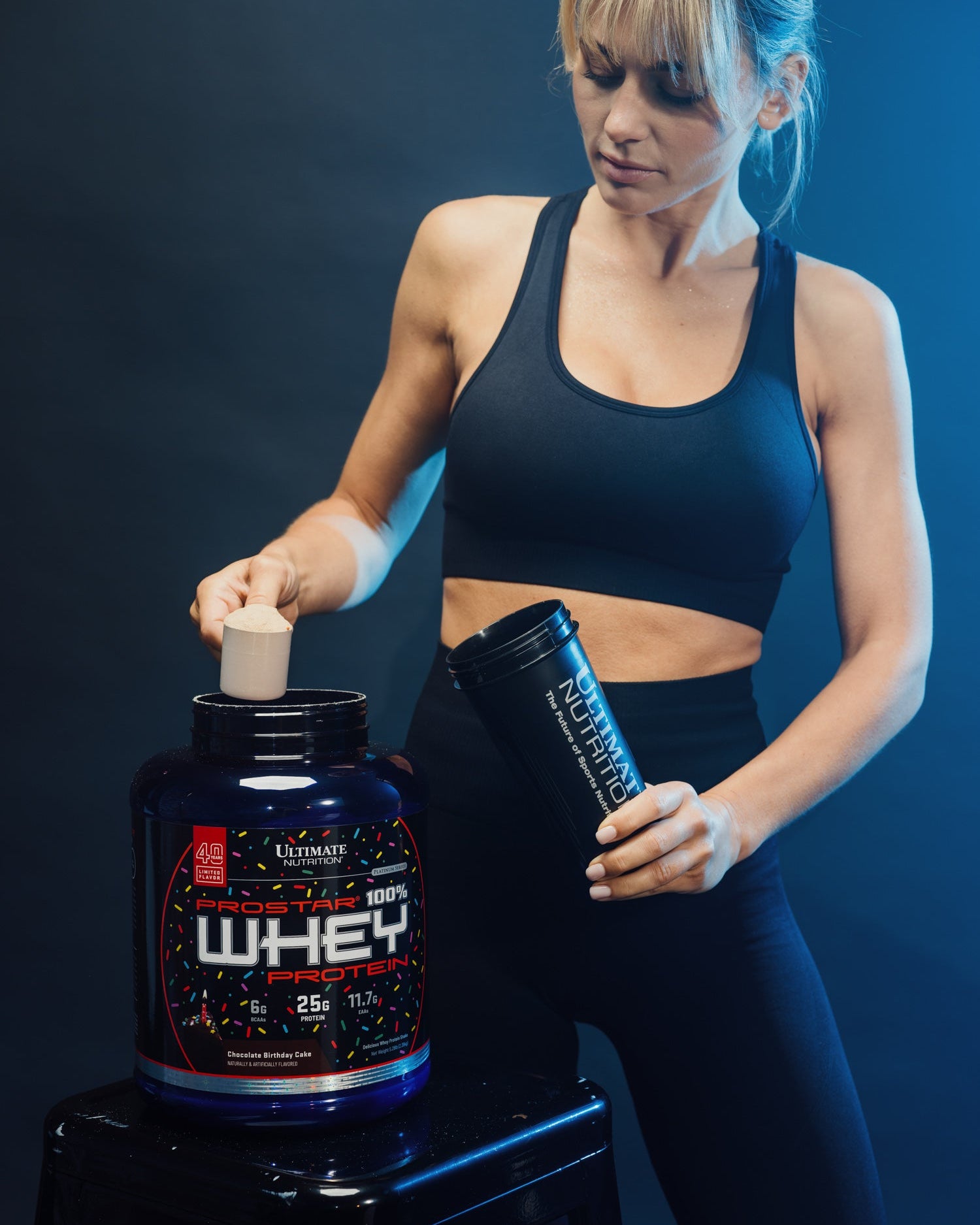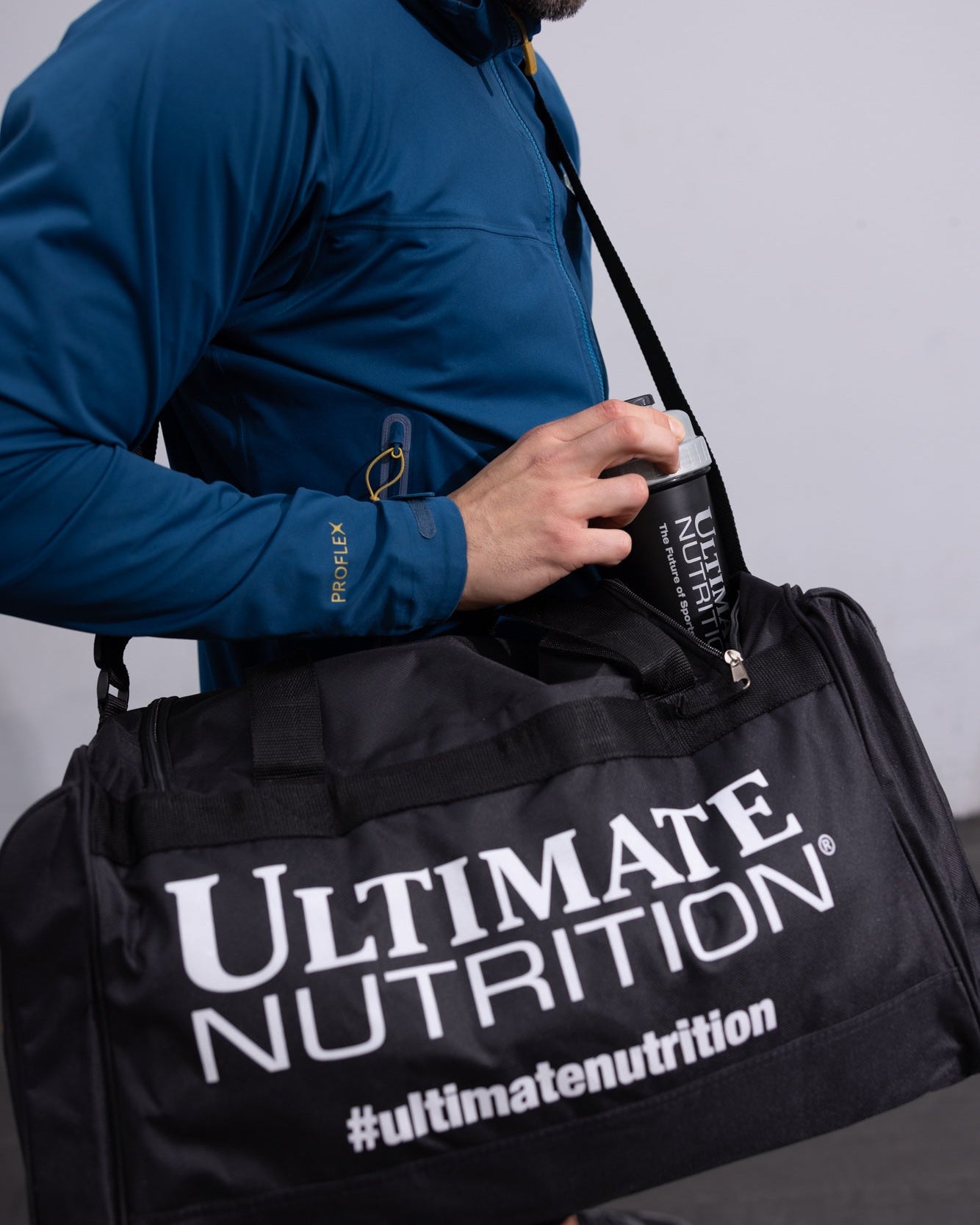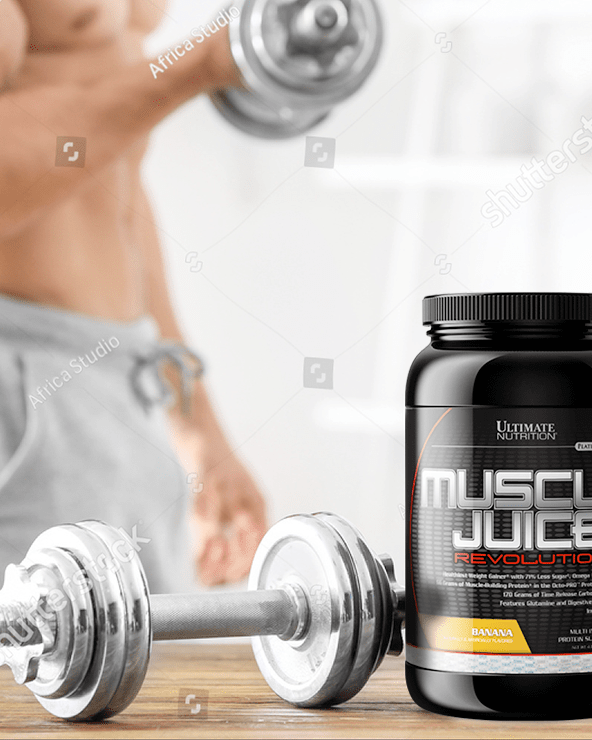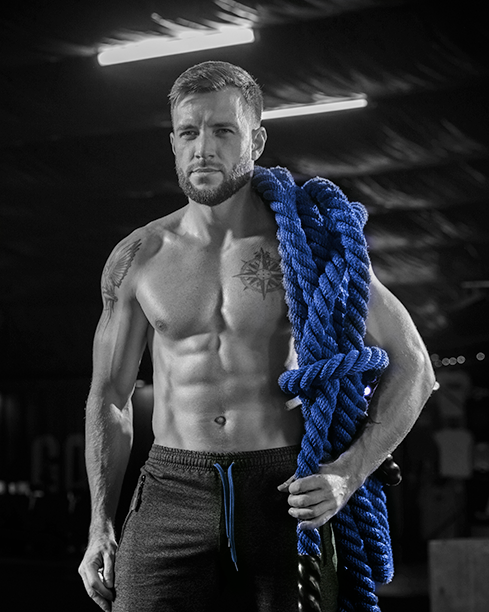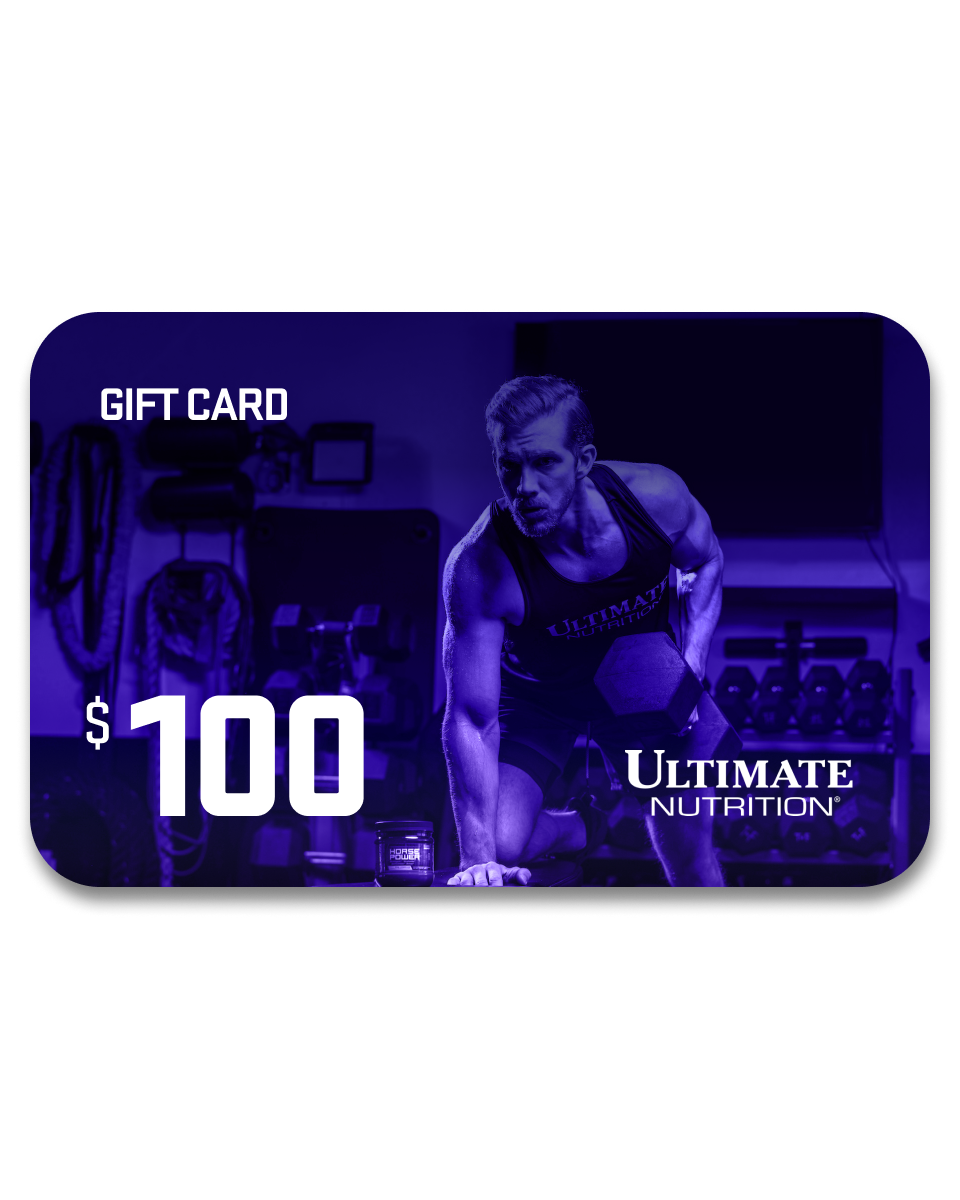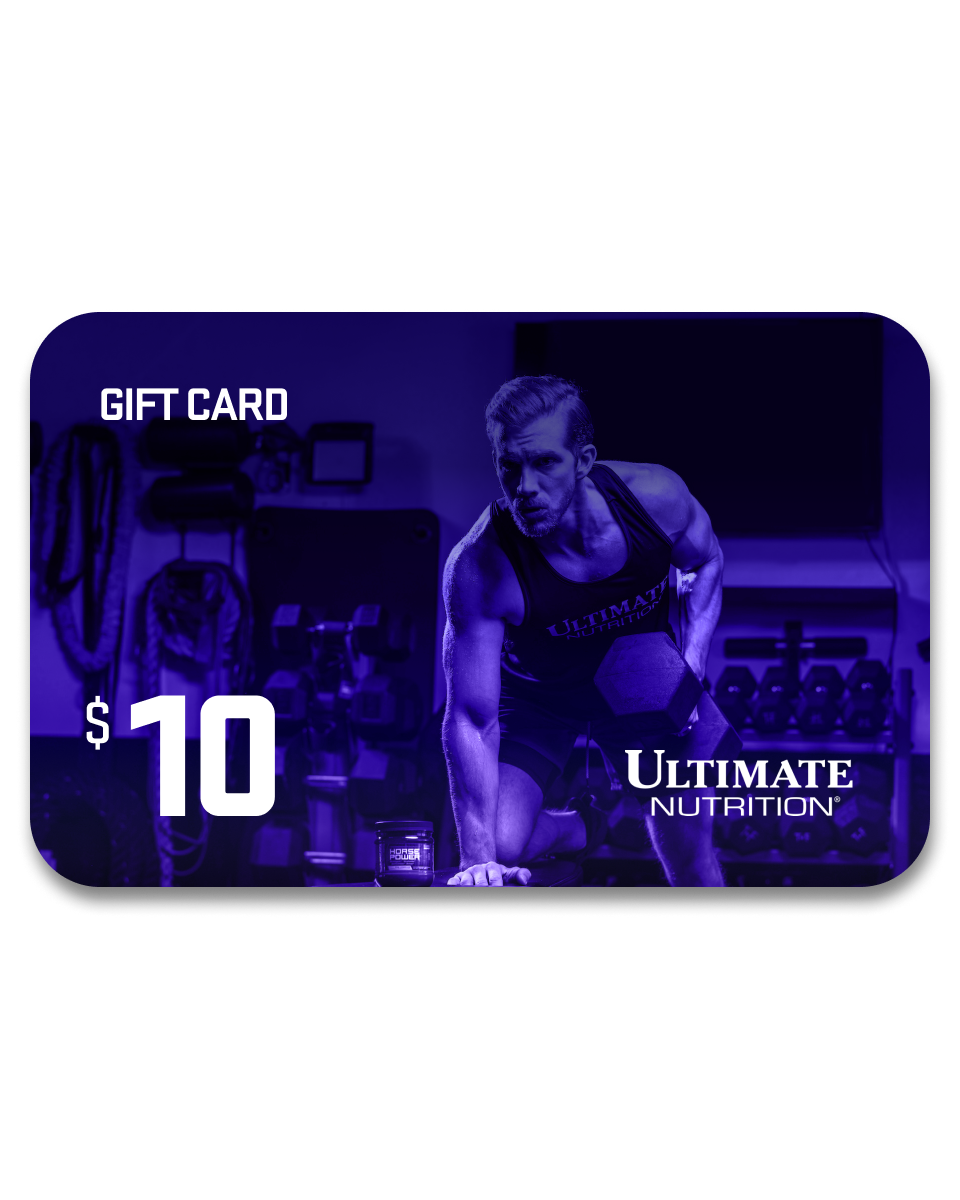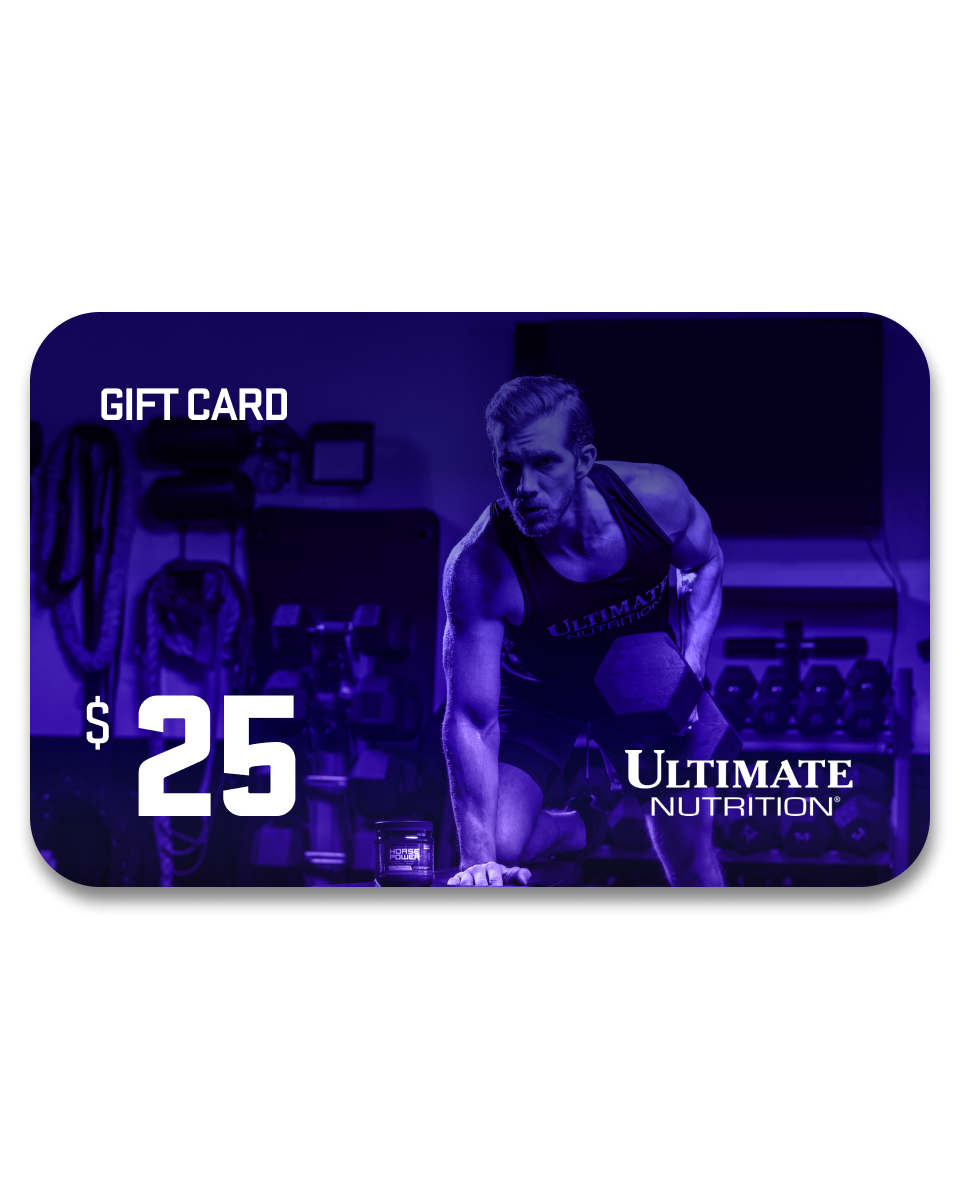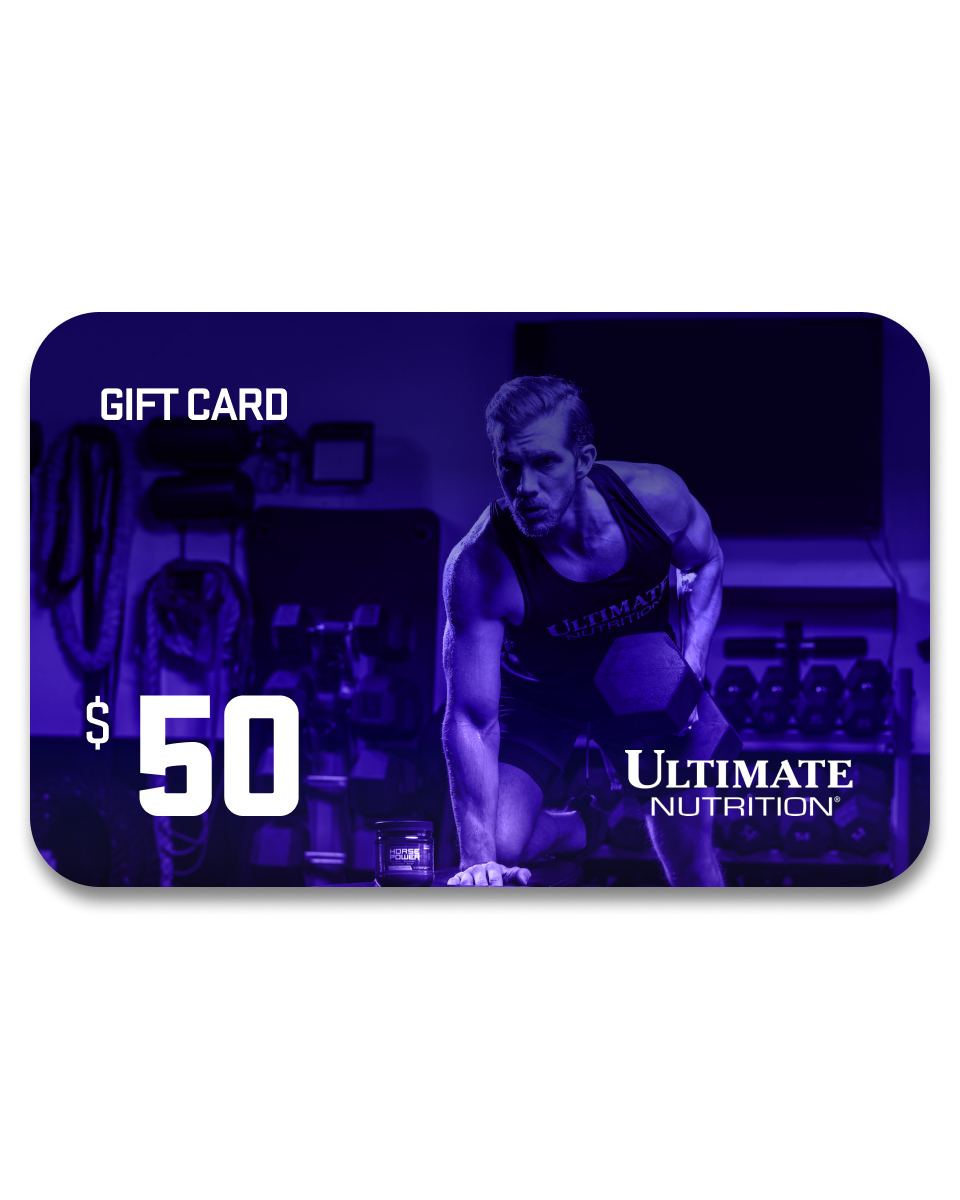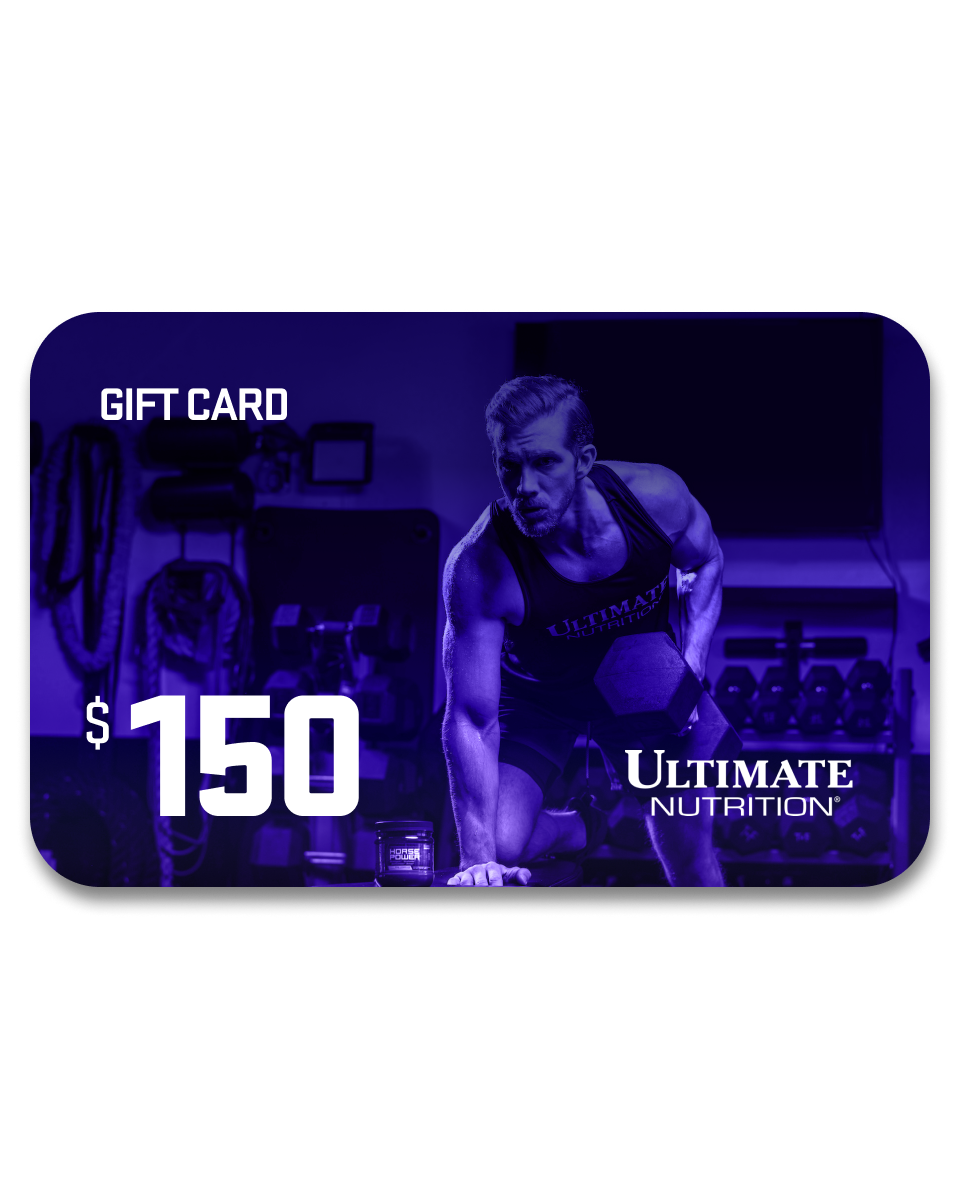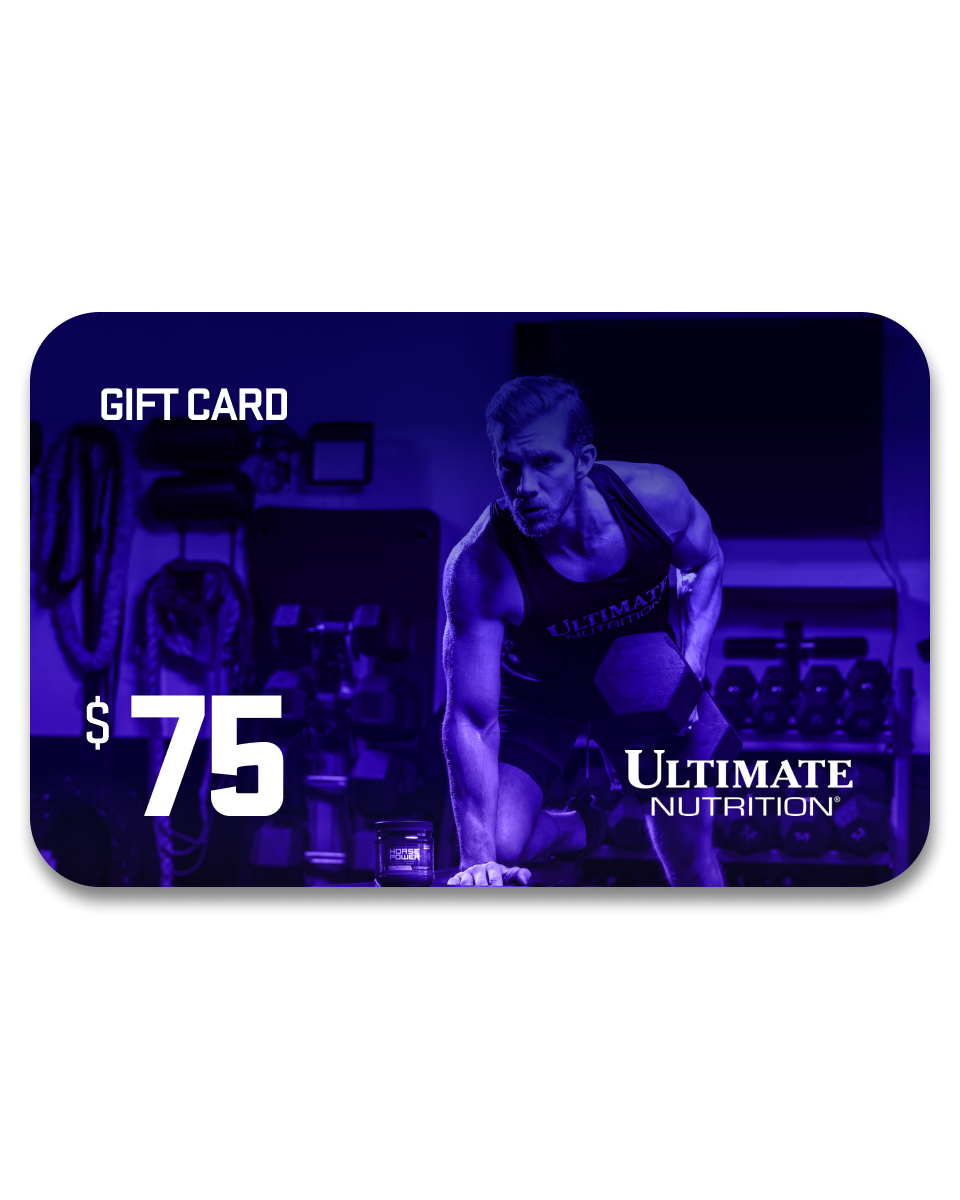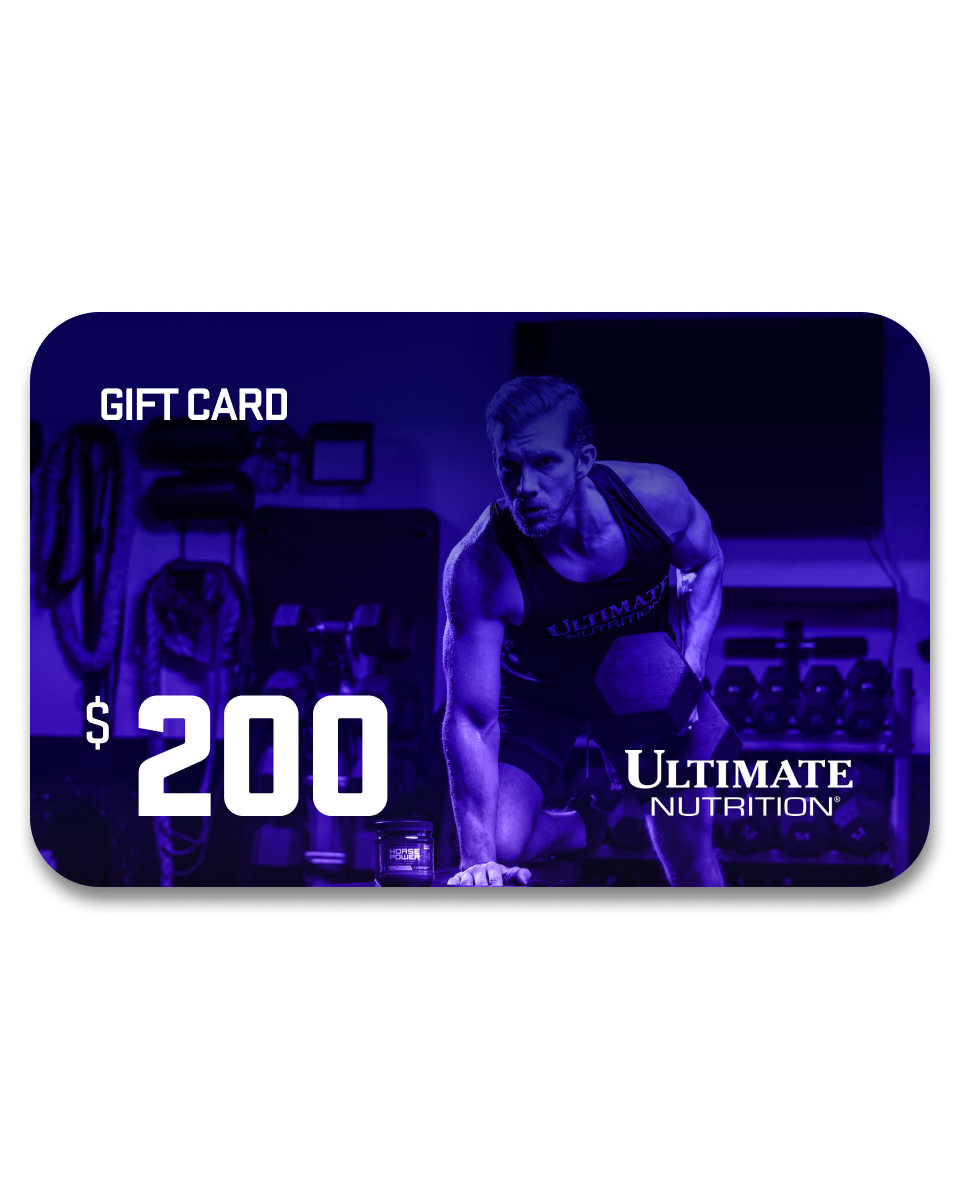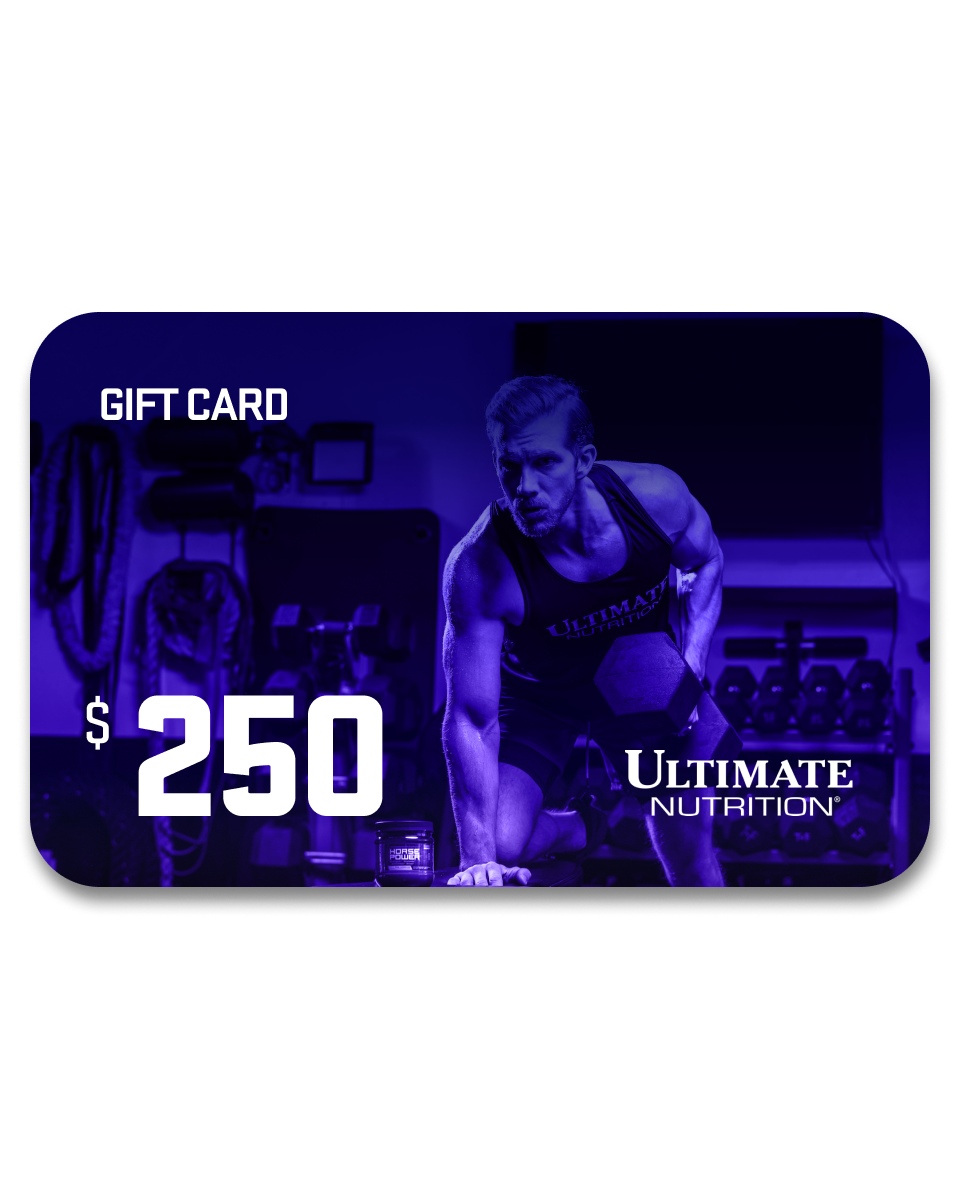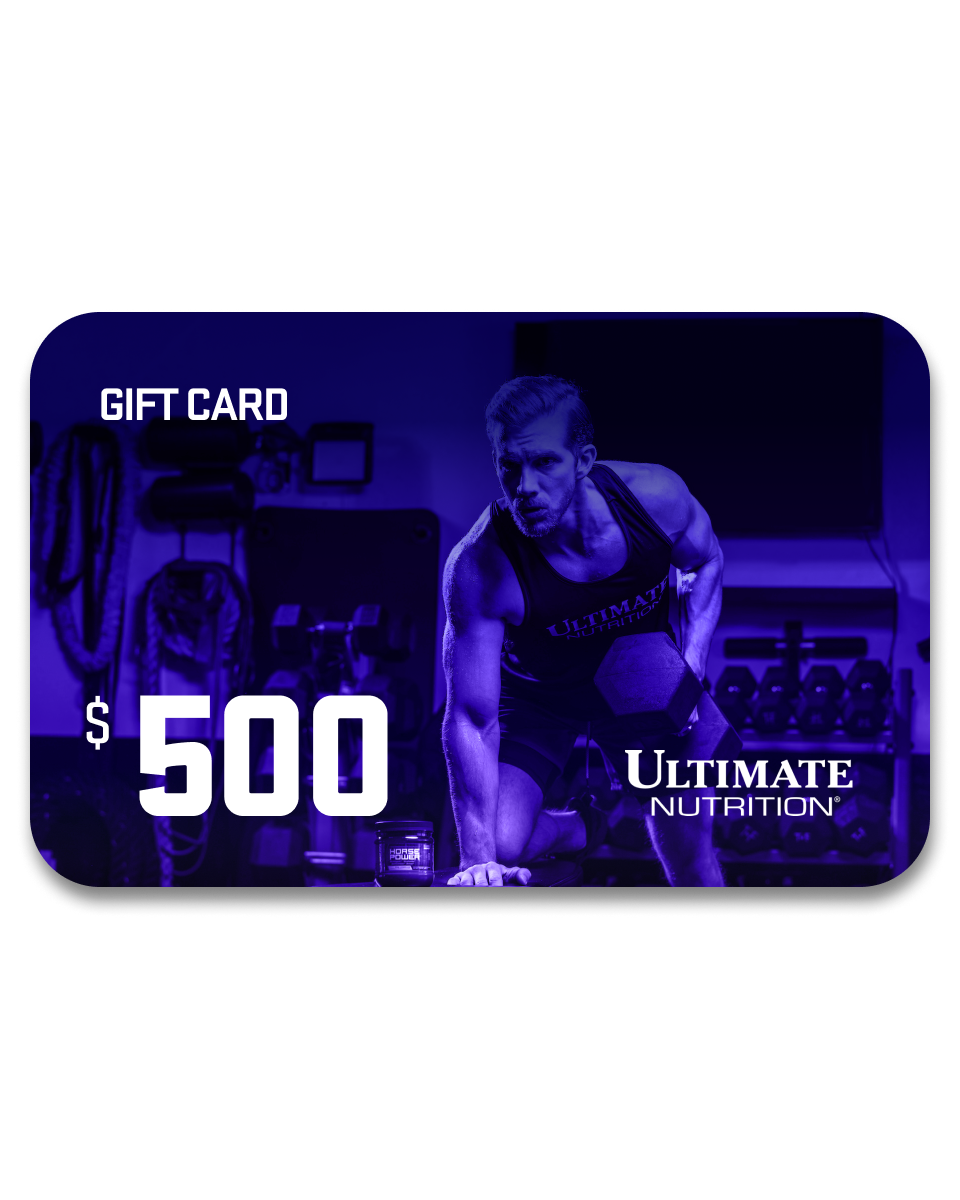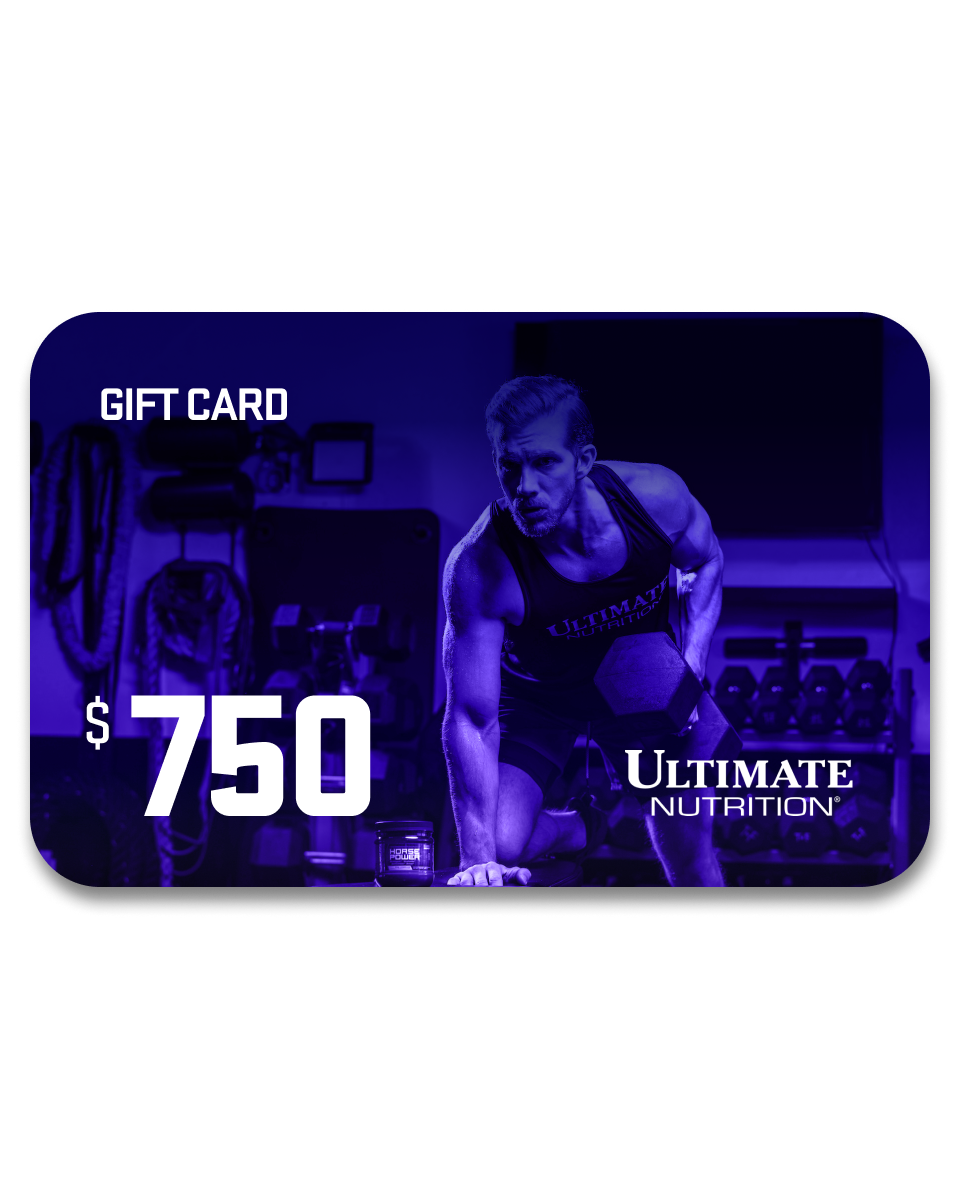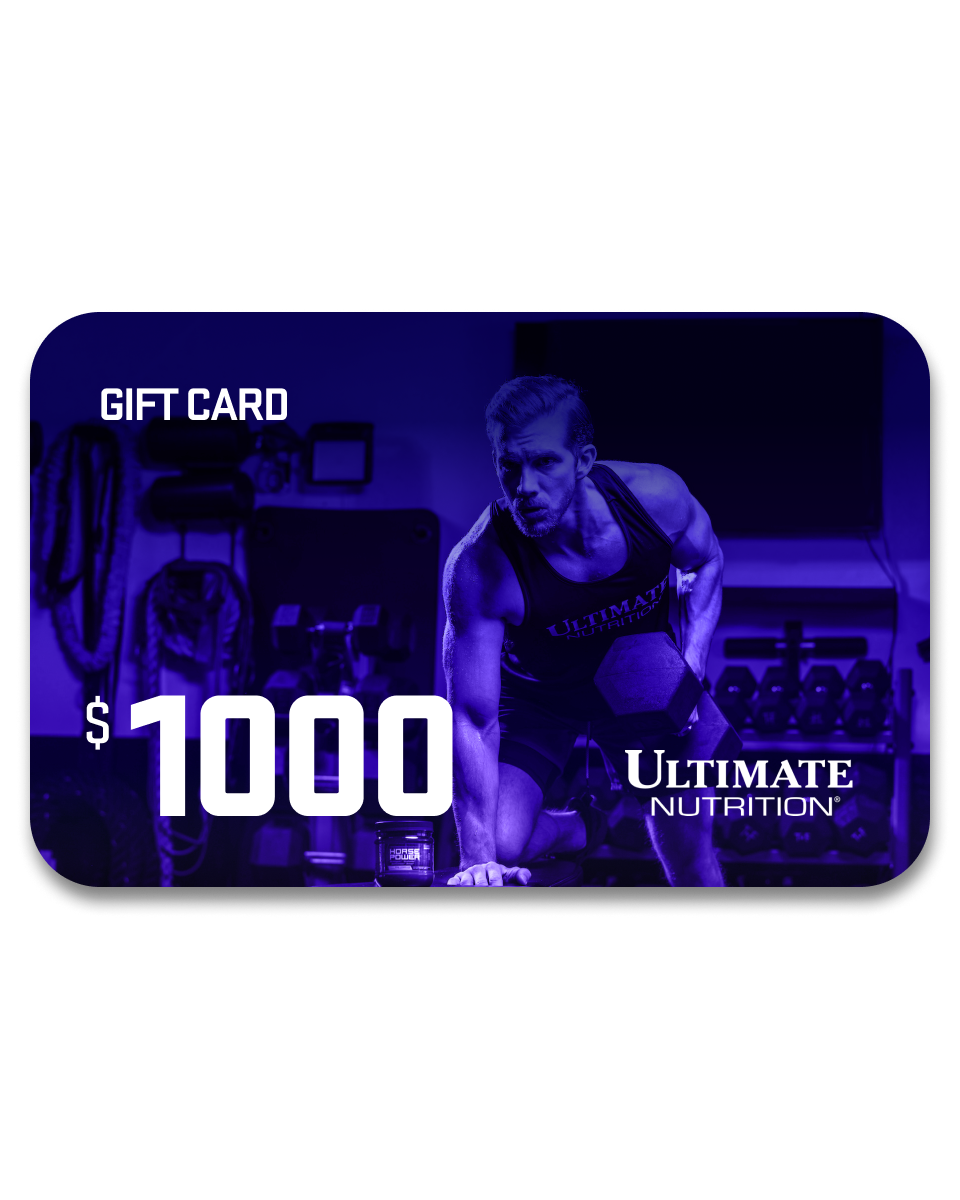Have you ever gone too long without eating after a workout, only to be hit with cravings later in the night? So you eat, feel bloated the next day, cut back to undo the damage, then repeat the cycle.
This is where nutrient timing comes in; a strategic way of eating to promote muscle repair, recovery, and fuel workouts.
The idea is that what you eat and when can have a positive or negative impact on your training, satiety, and weight loss.
We’re breaking down the science behind nutrient timing and what you should be eating before, during, and after training.
Nutrient Timing for Muscle Growth
According to Skolnik & Chernus 2010, establishing regular, consistent eating patterns can help athletes keep their fuel stores topped off, their hunger and fullness signals regular, and promote more efficient recovery (Skolnik & Chernus, 2010). This may look like eating every two to three hours, focusing on protein and complex carbs each meal.
Let’s look closer at what a specific eating schedule might look like.

Eating Schedule for Athletes
Timing is super important when it comes to pre-workout nutrition. Too early, and the meal is gone when exercise begins. But too late, and you’ll feel sluggish and cramp as your stomach digests.
While size, age, gender, and metabolic rate will impact your eating schedule, most people should aim to eat about 2-4 hours before exercise to fuel performance without feeling too full.
Here are the specific recommendations for before, during, and after your workout:
Before Workout
According to Dunford & Doyle 2008, it is generally recommended to eat 1 gram of carbohydrates per kilogram of body weight 1 hour before working out, 2 grams of carbohydrates per kilogram of body weight 2 hours before exercise, and so on.
Regarding what to avoid, it is best to stay away from foods high in protein, fiber, or fats close to a workout (about 1-2 hours before) as these foods can cause cramps, bloating, and other gastrointestinal discomfort.
Ultimate Tip: Get a boost with Pure Muscle Carbs, an advanced training formula from Ultimate Nutrition.

During Workout
Supplemental nutrition may not be necessary if your training session is shorter or less intense. However, if training lasts longer than one hour or conditions are harsh (such as extreme heat), your glycogen levels will need to be restored more frequently. This may look like consuming carbs right before or shortly after training begins. A sports drink can also help refuel necessary minerals and help you stay hydrated.
After Workout
As training generally depletes muscle glycogen, it’s essential to refuel during the first 30 minutes after exercise. According to Rosenbloom & Coleman 2012, proper nutritional recovery can help increase blood flow and insulin sensitivity, which boosts cellular glucose uptake and glycogen restoration.
Ultimate Tip: Get 25 grams of post-workout protein with high-quality Prostar 100% Whey Protein from Ultimate Nutrition.
What About Protein?
Whether you’re an endurance athlete or partial to resistance exercise, consuming protein after a workout is essential as it provides the amino acid building blocks needed to repair muscle protein breakdown.
While the amount of protein will vary depending on the individual, consuming 15-25 grams of protein within one hour after exercise is generally recommended for muscle recovery.
Now that we’ve discussed nutritional logistics, let’s move on to the fun part: what to eat before and after a workout.
Ultimate Tip: Maintain optimal bloodstream levels with our super whey formula, Amino 2000.

Pre and Post-Workout Meals Explained
It’s not just when you eat but what you eat that matters, as the right nutrition will improve performance. Examples of meals that will help you stay satiated throughout the day include:
-
Avocado on whole grain toast with egg
-
Peanut butter on a whole grain waffle
-
Greek yogurt with chia seeds
-
Cheese and turkey sandwich on whole grain bread
-
Fruit smoothie with milk and Greek yogurt
Focus on Digestibility Around Workouts
As discussed earlier, protein, fiber, fats, carbs, and fiber are the foundations for a healthy diet. However, when you eat these different nutrients matters.
While protein is amazing as it’s the building block of muscle tissue, here are examples of proteins you should avoid close to your workout (1-2 hours before):
-
Meat
-
Dairy
-
Tofu
-
Beans
-
Chickpeas
Instead, opt to have these within one hour after exercise to fuel recovery and promote muscle growth.
You should also avoid foods high in fiber close to your workout, as these may cause bloating and digestive discomfort during exercise:
-
Beans
-
Quinoa
-
Brown rice
-
Whole grain bread
-
Chickpeas
-
Fruits
-
Seeds
-
Vegetables
Foods high in fats should also be avoided right before training, as they may slow you down:
-
Avocados
-
Nuts
-
Nut butter
-
Seeds
While lower amounts of protein and fiber will likely be fine for some individuals, focus on carbohydrate-rich foods like these before a workout:
-
Bananas
-
Melons
-
Peaches
-
Low fiber cereals and granolas
-
Low fiber breads
-
Bagels
-
Pancakes
Now that you have a guide, you can fuel your body with the proper nutrients at the right times, so you can feel and perform your best in and out of the gym.
Listen to Your Body and Explore What’s Right for You
The guidelines we’ve presented are a great place to start, but of course, what will work for you may not work for others and vice versa. Locking in your nutrient timing takes time and experimentation. Don’t feel discouraged if something isn’t working for you and try not to rush the process.
Keep in mind that certain nutrients like protein may be better for fueling your post-workout game, while carbohydrates give you the energy you need to power through training.
For more Ultimate tips and ways to up your game, check out the Blog at Ultimate Nutrition.
The information provided in our articles are meant for informational and educational purposes exclusively and should not be considered as medical advice. It is essential to consult a healthcare professional before starting a new nutritional product and/or making significant changes to your diet and/or starting a new exercise regime. These products are not intended to diagnose, treat, cure, and/or prevent disease.

